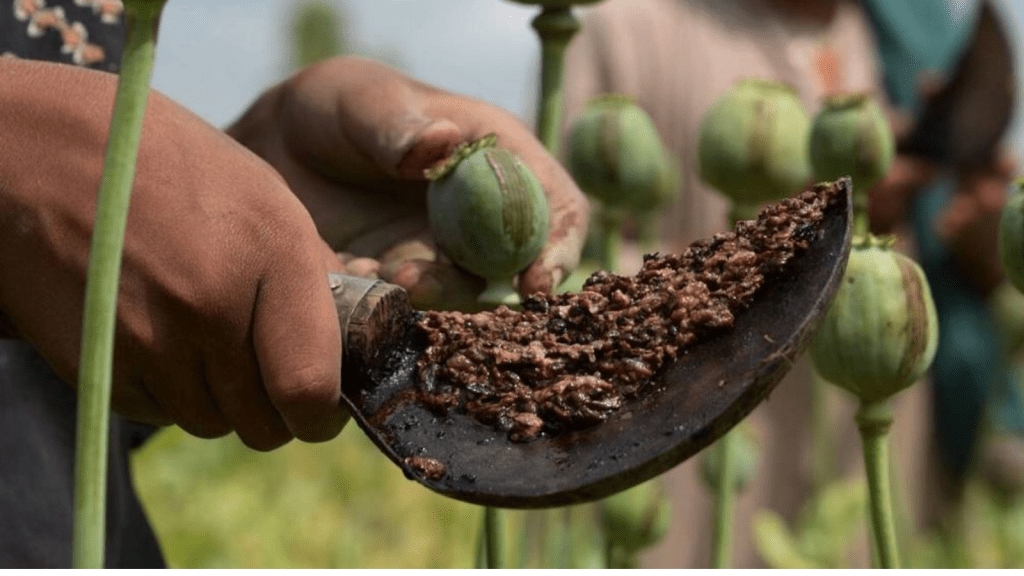
VIENNA, June 27 (NNN-AGENCIES) — The UN drugs agency on Wednesday sounded the alarm on a group of potent synthetic opioids, as it warned that the drop in Afghanistan’s opium production may boost synthetic drug use.
“Nitazenes –- a group of synthetic opioids which can be even more potent than fentanyl -– have recently emerged in several high-income countries, resulting in an increase in overdose deaths,” the Vienna-based United Nations Office on Drugs and Crime (UNODC) said in a press release.
Its annual report noted that the drug had been found in Belgium, Canada, Estonia, Latvia, Slovenia, Britain and the United States.
Other organisations, including the European Monitoring Centre for Drugs and Drug Addiction (EMCDDA), have likewise warned of the emergence of nitazenes.
Global opium production fell by 74 per cent in 2023, the UNODC noted, after the Taliban banned it in Afghanistan, its top producer.
“The purity of heroin on the market is expected to decline,” UNODC noted, warning that “heroin users may switch to other opioids” with those posing “significant risks to health”.
UNODC chief researcher Angela Me noted that currently there was no shortage of heroin yet, but in the case of some overdose deaths, nitazenes — which originate mostly in China — were thought to have been mixed into heroin.
Meanwhile, the cocaine market “is still booming,” Me said, with global cocaine supply continuing to rise to a record high of more than 2,700 tonnes in 2022, up 20 per cent from the previous year.
“It’s expanding outside of the two traditional markets — the US and Western and Central Europe — but also, for example, in Africa, where the trafficking through Africa is increasing,” she noted.
Global cultivation of coca bush — mostly in the Andean region of the Americas — rose 12 per cent between 2021 and 2022 to 355,000 hectares.
Overall, almost 292 million people — or 1 in 18 of the world’s population — used a drug in 2022, 20 per cent more than a decade earlier, partly due to population growth, UNODC noted.
In 2022, cannabis remained the most used drug worldwide, with an estimated 228 million users.
This was followed by opioids, with 60 million, amphetamine-type stimulants, with 30 million, and cocaine and “ecstasy”, with 23 million and 20 million respectively, according to UNODC.
Cannabis legalisation in dozens of jurisdictions in the US “appears to have accelerated harmful use of the drug and led to a diversification in cannabis products”, the agency noted. — NNN-AGENCIES





